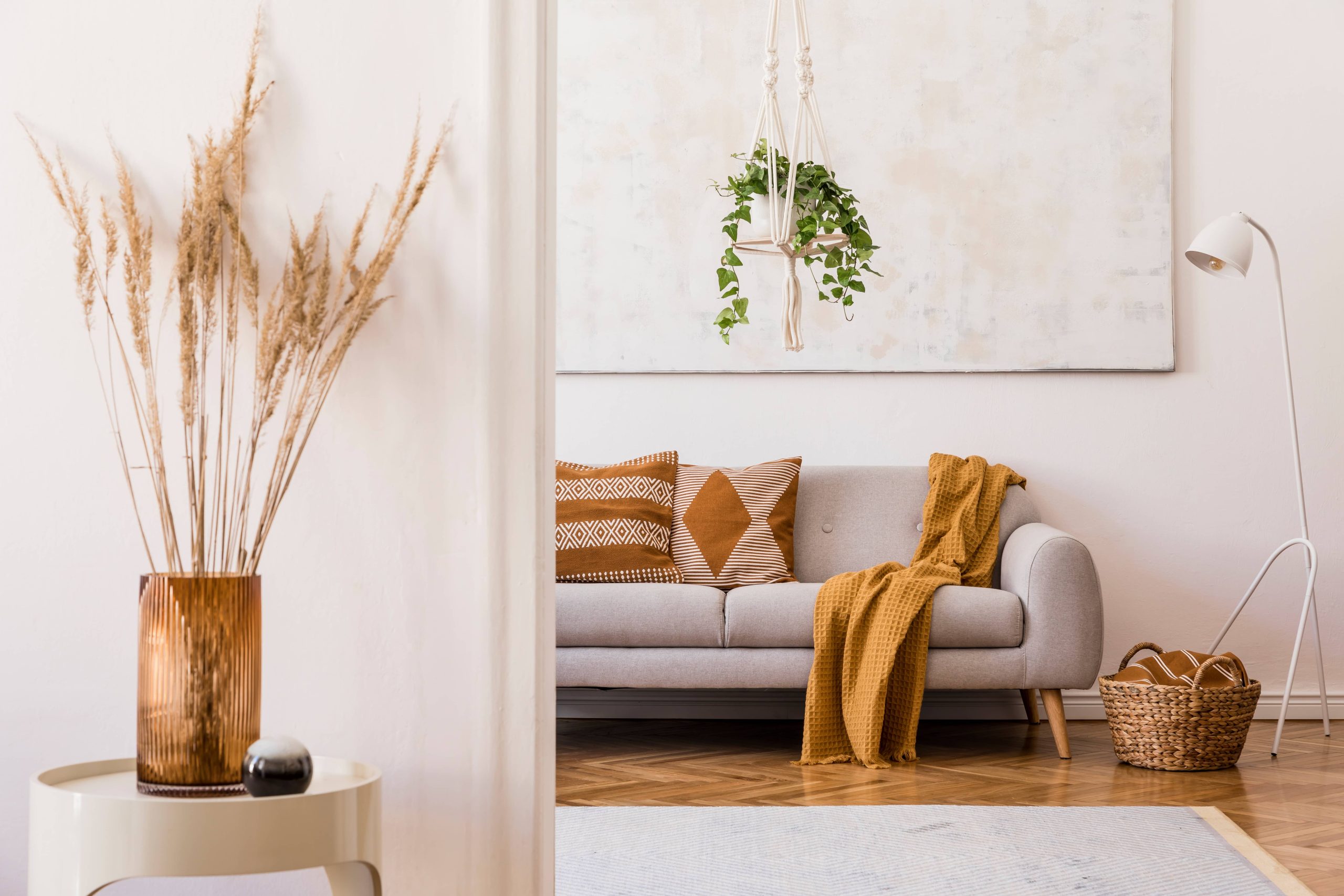
In today’s globalized world, our homes have become a canvas to showcase our multifaceted experiences and appreciation for diverse cultures. Incorporating cultural elements into your interior design not only enhances your home’s aesthetic appeal but also tells a story, sparking conversation and evoking a sense of warmth and belonging. Whether you’re inspired by your own heritage or find fascination in a culture halfway across the globe, these elements can transform your space into a reflection of your personal journey. Here’s how you can thoughtfully incorporate cultural nuances into your home.
1. Research and Respect
The first step in incorporating cultural elements into your home is understanding and respecting them. Research the cultural significance of various elements you are interested in bringing into your home. Knowledge about traditional materials, patterns, colors, and symbols is vital in preventing cultural appropriation and ensuring that your decor represents genuine appreciation. Engage with artisans or cultural experts if necessary, and remember that incorporating cultural elements is not just about aesthetics but also about respecting and honoring the roots of that culture.
2. Start Small with Accessories
One of the simplest ways to introduce cultural elements is through accessories. Consider incorporating culturally significant items such as handcrafted pottery, textiles, masks, or sculptures. These items are not just beautiful; they often hold cultural significance and tell unique stories. For instance, you might hang a Moroccan wall sconce or display a Japanese ikebana vase. These items can serve as a focal point within a room, embodying the cultural artistry you wish to highlight.
3. Introduce Art and Photography
Art is a profound way to capture the essence of a culture. Invest in paintings, prints, or photographs that represent the culture you wish to reflect. Whether it’s Aboriginal dot paintings from Australia, Mexican murals, or traditional Chinese calligraphy, art conveys deep meanings and adds an authentic touch to your home. A gallery wall featuring a curated collection from around the world can turn a bland corridor into an inspiring journey through different cultures.
4. Textiles Tell a Story
Textiles are another way to weave culture into your home. Rugs, throws, and cushions in traditional patterns and vibrant colors can energize a room. You could opt for a Persian carpet, known for its intricate designs and craftsmanship, or Bolivian aguayos for their colorful woven patterns. Upholstering a chair with a distinctive fabric, like a Balinese batik or an Indian sari, can elevate it from a mundane piece to a statement of culture and artistry.
5. Furniture Pieces with Cultural Significance
Furniture can also act as a cultural representation within your home. Select pieces that reflect a particular cultural aesthetic. For example, a low-seated Japanese tatami table can bring an element of Japanese minimalism, while a chaise longue covered in vibrant Senegalese fabric can embody African boldness and diversity. Reclaimed wood from old Indian doors or carved Balinese furniture can introduce warmth and a sense of history into your living space.
6. Fusion of Styles
Incorporating cultural elements does not mean you have to dedicate a space entirely to one culture. A fusion of styles can reflect the diverse influences and experiences that shape who you are. Blend different cultural elements harmoniously—imagine placing a Scandinavian minimalist chair alongside an Indonesian teak wood table. The fusion tells a story of global appreciation and allows for a more dynamic and personalized environment.
7. Cultural Symbols and Colors
Colors and symbols are powerful cultural indicators. Incorporate colors representative of certain cultural traditions: use bold blues and whites for Greek inspiration or rich reds and golds to echo traditional Chinese motifs. Symbols like the Celtic knot or the Tree of Life can be cleverly integrated into the design through wallpaper, wall arts, or even in craftsmanship detailing, such as in furniture carvings.
8. Incorporate Cultural Practices in Design
Embrace the essence of cultural practices within your home’s design. For instance, create a Moroccan-inspired lounge area with low seating and cushions, encouraging social interactions in a relaxed atmosphere. Incorporate a Zen garden as a part of your interior to reflect Japanese simplicity and tranquility, bringing peace and mindfulness into your home.
9. Engage the Senses with Cultural Influences
Don’t forget to engage the senses when incorporating cultural elements. Consider scents, music, and culinary experiences. Scented candles or incense reminiscent of a country’s traditional aromas can enhance the authenticity of your cultural design. Play regional music or have instruments from different cultures displayed and, if you are a culinary enthusiast, create a dedicated space for exploring international cooking, perhaps with utensils and cookware like a tagine or a wok.
10. Tell Your Personal Story
Ultimately, the incorporation of cultural elements should tell your own story. Every piece should resonate with your personal experiences, travel adventures, family heritage, or dreams. Think about what cultures represent comfort, inspiration, or aspiration to you and curate your spaces with elements that resonate personally. This authentic expression not only transforms your house into a home but also serves as a rich tapestry that recounts your unique narrative.
In conclusion, incorporating cultural elements into your home isn’t just about infusing your space with exotic items; it’s about creating a respect-driven, authentic environment that mirrors your personal journey. As you fill your home with cultural textures, colors, and stories, you enrich your everyday life with meaning and interconnectedness—a living testament to the beauty of diversity that makes the world and our lives so wonderfully unique.







